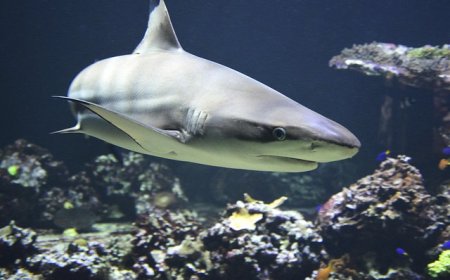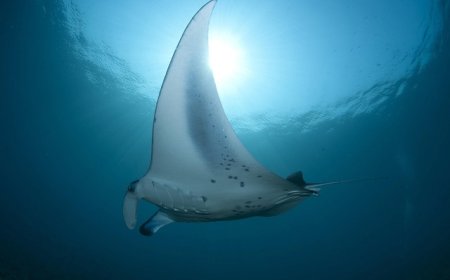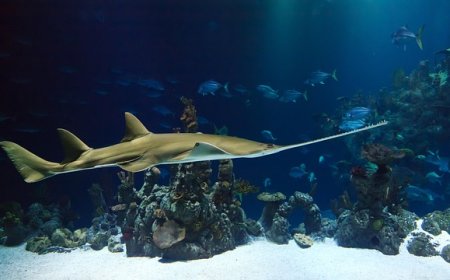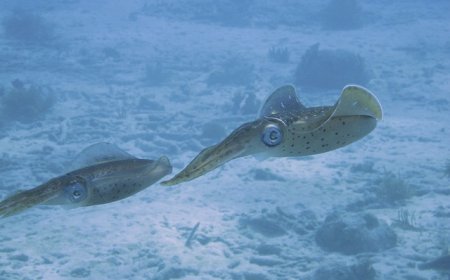Sea Cucumber Facts for Kids – Squishy Recyclers of the Ocean Floor
Discover sea cucumbers for kids. Learn how these soft creatures clean the ocean floor and why they are important.
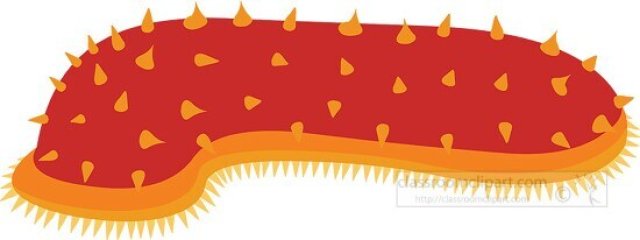
🥒 Sea Cucumbers: Squishy Recyclers of the Ocean Floor
Sea cucumbers might look like underwater pickles, but they’re actually animals! These soft-bodied, slow-moving invertebrates live on the ocean floor, where they act as nature’s cleanup crew, eating waste and recycling nutrients.
Even though they’re squishy and strange, sea cucumbers are very important for ocean health. They are part of the echinoderm family, just like sea stars and sea urchins, and they come in over 1,200 different species!
🌍 Habitat and Distribution
Sea cucumbers live in oceans all over the world, from shallow waters to the deepest parts of the sea. You’ll find them:
- On sandy or muddy sea floors
- Among coral reefs and seagrass beds
- In deep-sea trenches (some at depths of over 20,000 feet!)
They spend most of their lives crawling slowly across the bottom, eating whatever they find in the sediment.
🥄 Body and Movement
Sea cucumbers have long, soft bodies shaped like tubes. Most are about 4 to 12 inches long, but some can grow up to 6 feet!
Key body parts:
- Tube feet for crawling and sticking to surfaces
- Mouth with tentacles for grabbing food
- Thick, leathery skin (some have soft spikes or bumps)
- Internal skeleton made of tiny plates
- No head, no brain—but a simple nerve ring
They move very slowly, often just inches per hour. Their flexible bodies let them squeeze into tight spaces.
🍽️ Feeding and Recycling
Sea cucumbers are detritivores, which means they eat detritus—bits of dead plants, animals, and waste. They’re like nature’s vacuum cleaners.
They feed by:
- Sucking up sand and mud
- Using mouth tentacles to grab particles
- Digesting organic material and releasing clean sand
By doing this, they recycle nutrients, help oxygen circulate through the seafloor, and support other marine life.
🛡️ Defense and Survival Tricks
Sea cucumbers may look harmless, but they have some of the weirdest defense strategies in the ocean:
- Expel sticky threads to tangle and confuse predators
- Eject their internal organs (yes, really!) to escape and distract attackers—then regrow them later
- Release toxins through their skin to scare off fish and crabs
- Use camouflage to blend into the ocean floor
These tricks help them survive without speed or strong armor.
🐣 Reproduction and Life Cycle
Sea cucumbers reproduce in two ways:
- Sexual reproduction – Males and females release eggs and sperm into the water
- Asexual reproduction – Some species split into two and regrow missing parts
After fertilization, larvae:
- Float in the water for days or weeks
- Settle on the seafloor
- Transform into tiny juveniles
They grow slowly and may live for 5 to 10 years, depending on species and habitat.
⚠️ Threats and Conservation
Sea cucumbers are harvested in large numbers for food and traditional medicine, putting some species at risk.
🚨 Threats include:
- Overfishing for high-value species
- Habitat destruction (e.g. coral damage)
- Pollution of the seafloor
- Climate change, which affects oxygen and food levels
🛡️ Conservation efforts:
- Fishing limits and marine reserves
- Captive breeding programs
- Monitoring of endangered species
- Aquaculture research for sustainable farming
- Education on sustainable seafood
Protecting sea cucumbers helps maintain a healthy ocean floor for countless other creatures.
🎉 Fun Facts About Sea Cucumbers
- Some can throw up their guts to escape predators!
- Their poop is clean sand—they really do “vacuum” the seafloor.
- They breathe through their butts using special “respiratory trees.”
- They have no eyes or brains, yet survive just fine.
- Called “bêche-de-mer” in some countries and considered a delicacy.
🧠 Vocabulary List
- Echinoderm – Marine animals with radial symmetry (e.g., sea stars, urchins, cucumbers)
- Detritivore – An animal that eats dead material and waste
- Tube feet – Flexible feet used for movement and adhesion
- Respiratory tree – Organ some sea cucumbers use to breathe
- Camouflage – Blending in with the environment
- Asexual reproduction – Reproducing by splitting or budding
- Tentacles – Flexible appendages used for feeding
- Regeneration – Ability to regrow lost body parts
- Overfishing – Catching too many animals too quickly
- Sediment – Particles (sand, mud) on the seafloor
✅ Sea Cucumber Quiz: Are You a Bottom Feeder Buff?
- What do sea cucumbers eat?
A. Fish B. Plankton C. Detritus (waste & dead material) D. Coral
Answer: C. Detritus (waste & dead material) - How do sea cucumbers protect themselves?
A. Use a stinger B. Hide in shells C. Expel sticky threads or guts D. Spray ink
Answer: C. Expel sticky threads or guts - What group do sea cucumbers belong to?
A. Mollusks B. Crustaceans C. Echinoderms D. Fish
Answer: C. Echinoderms - How do sea cucumbers breathe?
A. Through gills B. Through skin C. Through mouth D. Through butt (respiratory trees!)
Answer: D. Through butt (respiratory trees!) - Why are sea cucumbers important?
A. They scare predators B. They eat coral C. They recycle nutrients & clean seafloor D. They build reefs
Answer: C. They recycle nutrients & clean seafloor
🧒 Kid-Friendly Summary
Sea cucumbers are squishy, weird-looking sea animals that clean up the ocean floor. They eat waste, poop out clean sand, and help other creatures thrive. Some can throw up their guts to escape danger and even breathe through their butts!
They may not look like heroes, but sea cucumbers are super important ocean recyclers that keep the sea healthy and balanced.


















































